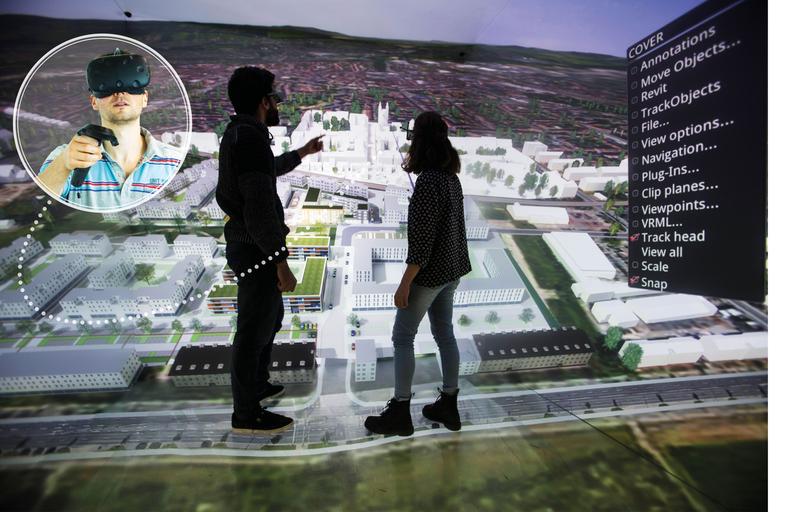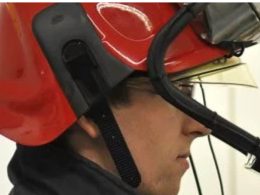A new software platform with the participation of the University of Stuttgart enables cross-location collaboration in 3-dimensional space.
Simulation results from supercomputers or design data from CAD systems are normally visualised and analysed in a cave. The term Cave Automatic Virtual Environment (abbreviated to CAVE) is used to describe a virtual environment in which the results of a simulation are visualised and analysed: Cave with automated, virtual environment) refers to a space for projecting a three-dimensional illusionary world of virtual reality. The system has been in widespread use since the 1990s (once again showing how long VR-like technology has been around), particularly in research and industry, for example in car design. In contrast to head-mounted displays, a CAVE offers several users the opportunity to experience a virtual world at the same time.
Cooperation in the VR
However, social distancing, which has become necessary during the coronavirus pandemic, is not possible in the cave. Visualisation experts from six Baden-Württemberg colleges and universities have developed a new software platform in the "Baden-Württemberg Virtual Collaboration Labs" (KoLab-BW) project that enables people working in separate locations to collaborate in virtual environments.
Team members from science, research, development and application can meet in a virtual meeting room with the help of the VR software developed in the KoLab-BW project as well as inexpensive, commercially available VR glasses and controllers, the hardware of which can be positioned anywhere.
Spontaneous VR meeting
Represented by avatars, they interact with each other in this virtual space and analyse 3D visualisations together - directly from their workplace or even in their home office.
Particularly in scenarios that make spontaneous face-to-face meetings difficult - such as employees working from different locations or the social distancing that has become necessary due to the current coronavirus pandemic - this technology supports collaboration and significantly facilitates work processes that are currently difficult.
This will help to accelerate scientific findings and significantly shorten the time to market for new products, and not just in times of coronavirus.
The new software is also expected to be of great benefit in the area of education and training. For example, it could significantly support the education of students or be used for modern distance learning methods.
Source: innovations-report / Wikipedia









